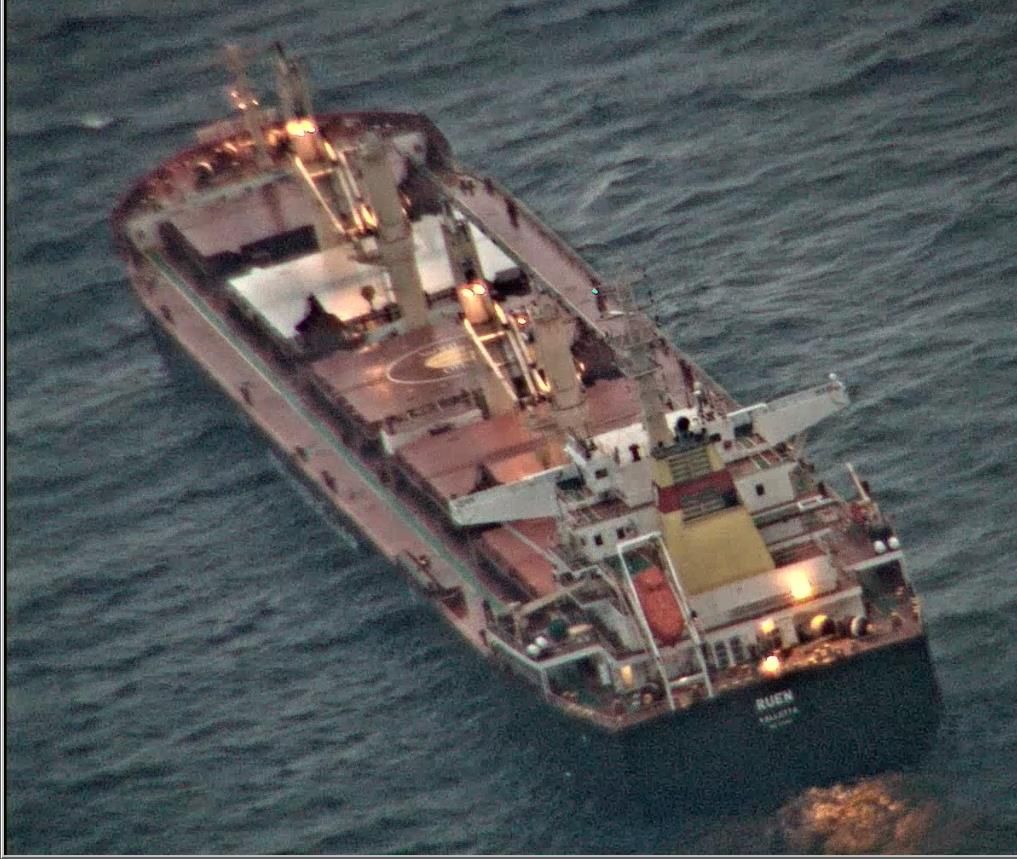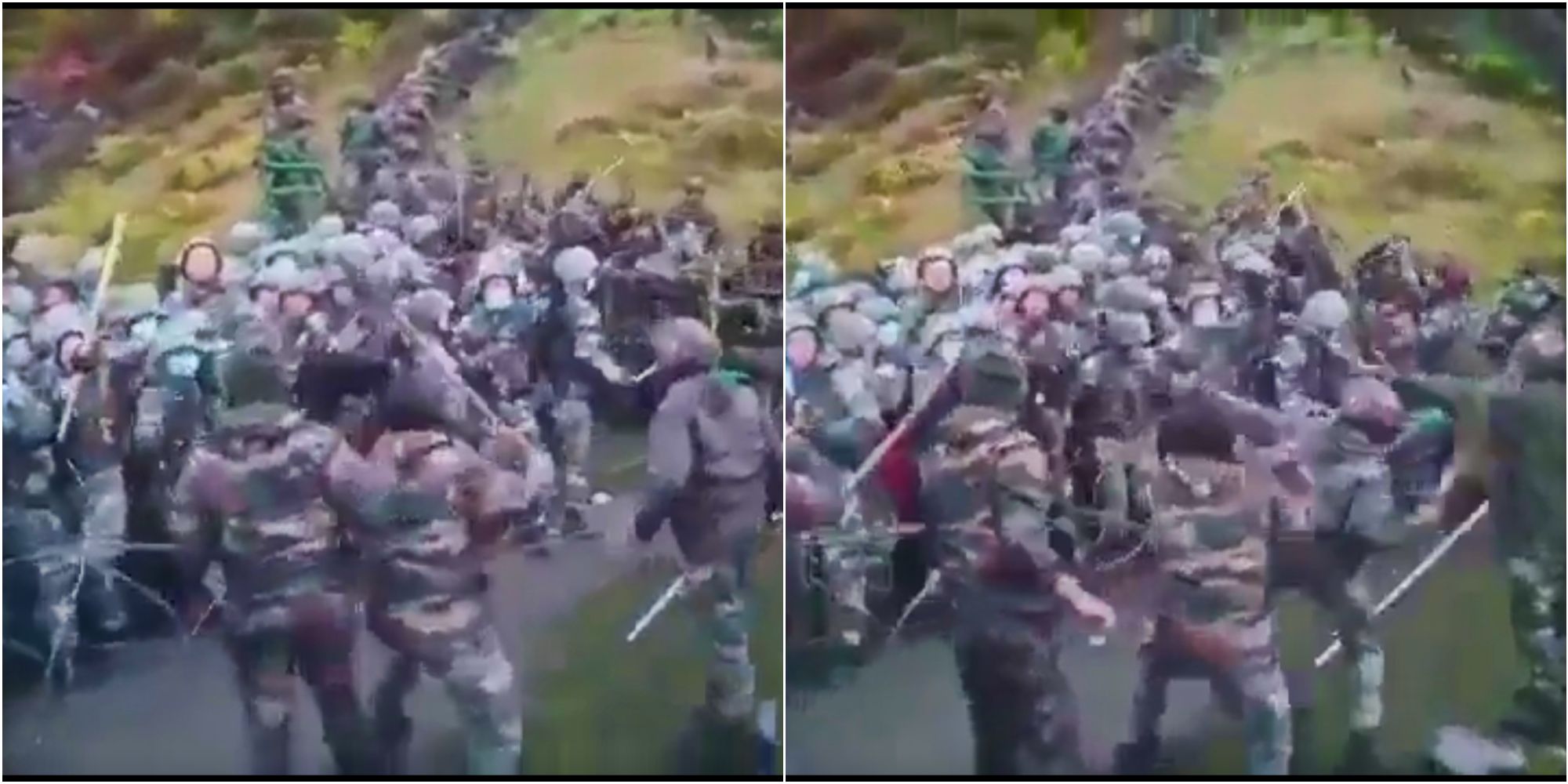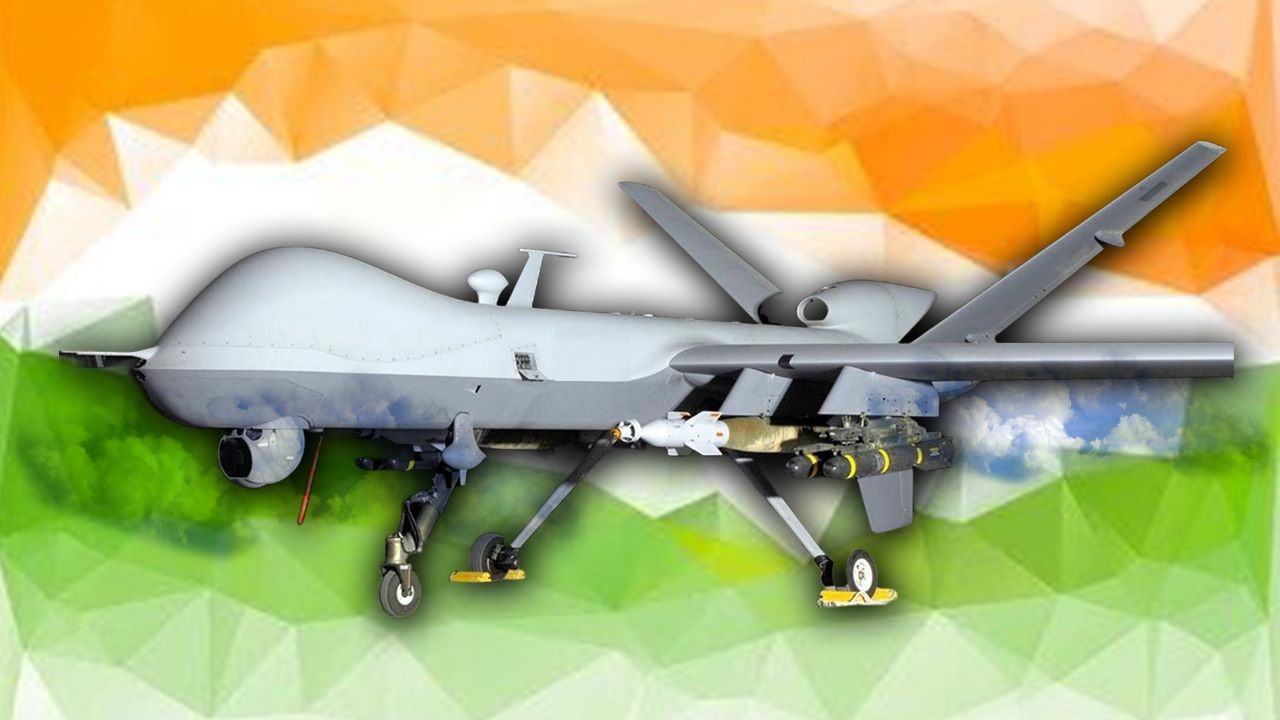In what will be the most significant force multiplier for the Indian military, the deal for 31 MQ-9B drones will be one of the first orders for the new government post-elections in the country.
The forces are gearing up to station these strategic assets in two states in the country, covering not only its land borders with Pakistan and China but also the vast expanse of the Indian Ocean Region (IOR).
The American ‘Hunter Killer’ drones will come equipped with not only state-of-the-art surveillance equipment but also lethal weapons, including hellfire missiles and laser small-diameter bombs.
The American Defense Security Cooperation Agency has already notified the US Congress about approving the sale to India through a Foreign Military Sale. The deal is estimated to cost around US $3.99 billion.
India will purchase 31 MQ-9B ‘Predators’– 15 for the Indian Navy and eight each for the Indian Army and Air Force. The first deliveries are likely to happen by the end of 2026.
The Indian Army and Air Force have identified Sarsawa and Gorakhpur in Uttar Pradesh to operate these assets. Both services are reported to station four of their Predators in each base.
The MQ-9B can take off from a small runway as short as 4,000 feet using an Automatic Takeoff and Landing Capability (ATLC), making it suitable for the Indian Army operating in remote regions. It requires a handful of essential personnel for support.
In June 2020, the Indian and Chinese troops came to blows at the frigid and inhospitable terrain of the lofty Himalayas. In the ensuing standoff between the two Asian giants following the bloody Galwan clash, a remotely piloted ‘hunter-killer’ of the Indian Navy — MQ-9B — took off from its home base. It traversed thousands of kilometers to give a real-time battle picture to the Indian troops holding ground at those treacherous heights.
The Indian Navy flew land missions along the Line of Actual Control (LAC) at the request of the Indian Army, and these missions cemented the reputation of the MQ-9Bs for the Indian armed forces.
With a range of 1800 kilometers and 36 hours of endurance, these assets will effectively cover the country’s western and eastern borders. A commander can use the MQ-9Bs onboard sensors and weapons to conduct armed reconnaissance and pre-planned strikes. MQ-9s can find, fix, track, target, engage, and assess critical emerging targets (both moving and stationary).
The Indian Navy is expected to station its drones in Tamil Nadu’s INS Rajali, from where it operates its two MQ-9Bs taken from the US on lease. These Predators will keep an eye on the Indian Ocean Region, backing the Indian Navy’s anti-piracy efforts and deterring the forays of Chinese submarines in the region.
Most recently, the leased MQ-9 played a stellar role in rescuing a hijacked merchant vessel, MV Ruen. The operation, spanning 40 hours, was conducted by INS Kolkata, 1400 kilometers off the coast of India.

MQ-9 was launched from INS Rajali in Southern India after the pirates opened fire at INS Kolkata’s spotter drone. The Indian Navy inducted its elite marine commandos through airdrop, and the mission was supported by critical intelligence from the MQ-9.
The MQ-9B armed drones will change the face of warfare in the region. It will provide the Indian Navy with a force multiplier, enabling it to cover larger areas, respond faster to threats, and enhance its overall maritime security posture.
The biggest advantage of the drone is its communication relay capabilities, which allow it to extend the range of naval communication networks. “It can act as a bridge between ships, aircraft, and coastal stations, improving overall situational awareness,” an official told the EurAsian Times. He asserted that the mere presence of MQ-9B drones in the region can act as a deterrent against hostile actions by adversaries.
“While the MQ-9B is primarily an unmanned aerial vehicle (UAV), it can carry lightweight sonobuoys for ASW (anti-submarine warfare) missions. By deploying sonobuoys in strategic areas, the Indian Navy can detect and track submarines, enhancing its ASW capabilities,” the official added.
With China supplying submarines to Pakistan and its submarines foraying into the Indian Ocean with increased frequency, the state-of-the-art surveillance capability of the MQ-9B will bolster the Indian Navy’s prowess.
Piracy remains a concern in certain regions, especially around the Gulf of Aden and the Indian Ocean. The MQ-9B can be deployed to monitor and deter pirate activities, providing valuable information to naval forces.
The MQ-9B’s sensors and communication systems can assist in SAR (Search and Rescue) operations. It can locate distressed vessels, track survivors, and relay critical information to rescue teams. Its long endurance allows it to stay on station for extended periods, improving the chances of successful rescue operations.

Apart from its high endurance, the Predator can operate at altitudes over 40,000 feet and would be the ally of the Indian Army and the Indian Air Force along its border with China, marked with the mighty Himalayan range. It can conduct intelligence, surveillance, and reconnaissance (ISR) missions, providing real-time data on enemy movements, troop deployments, and infrastructure developments near the border.
It can also be ‘paired’ with artillery, drones, and missiles to strike targets with pinpoint accuracy. Even Ukraine is looking to acquire these deadly drones to push back the Russian military. Some Ukrainian experts called Reapers the real ‘game changer’ instead of the F-16s.
As the Ukraine war has shown, artillery and kamikaze drones have had a major impact on the adversaries. Even American Abrams tanks had to be “pulled back,” citing Russian UAV tactics, which were hitting the Ukrainian military with deadly accuracy, thanks to ISR drones like MQ-9.
MQ-9 drones hovering close to China and Pakistan would greatly worry both nations.
The strikes like Balakot are within the ambit of MQ-9Bs capability. The drone can stay aloft for extended periods, allowing it to loiter over the target area. Armed with Hellfire missiles, it can engage specific targets with high accuracy. The MQ-9 provides real-time video feeds and sensor data to ground operators. Being unmanned, it avoids risking pilot lives.
Plugging Capability Gaps For Indian Military
The drones will plug a critical capability and capacity gap in the Indian forces. The open architecture of the MQ-9Bs means the aircraft can be integrated with different payloads suitable for its missions.

Before taking MQ-9s on lease, the Indian Navy operated two variants of fixed-wing UAVs – Searcher and Heron, both imported from Israel in 2002. The Heron is a Medium Altitude Long Endurance UAV and could not match the altitude envelope of MQ-9Bs. Searcher is a multi-mission tactical UAV for surveillance.
The biggest drawback of these two UAVs operated by the Indian Armed Forces is that they are not satellite-linked. This means they are tied to a ground/sea station with a maximum communication range between 150-200 km. This limits their range, unlike the MQ-9B, which can go worldwide.
The MQ-9Bs have been conducting counter-insurgency and counter-terrorism missions for the US armed forces. They can complete the “kill loop” for the Indian forces by implementing the “seeker to shooter” concept.
The concept entails that these RPA are connected to command far away and can fire missiles to strike their targets.
These ‘hunter-killer’ aircraft have seen many conflicts and have killed dozens of high-value targets for the US armed forces, including ISIS-Khorasan leader Abu Sayed, Iranian General Qassem Soleimani, and Taliban leader Mullah Mansour. Now, they will be the centerpiece of the India-US cooperation to counter-balance rising China in the Indo-Pacific.
- Ritu Sharma has been a journalist for over a decade, writing on defense, foreign affairs, and nuclear technology.
- The author can be reached at ritu.sharma (at) mail.com
- Follow EurAsian Times on Google News




